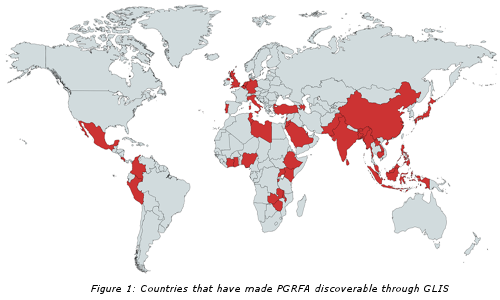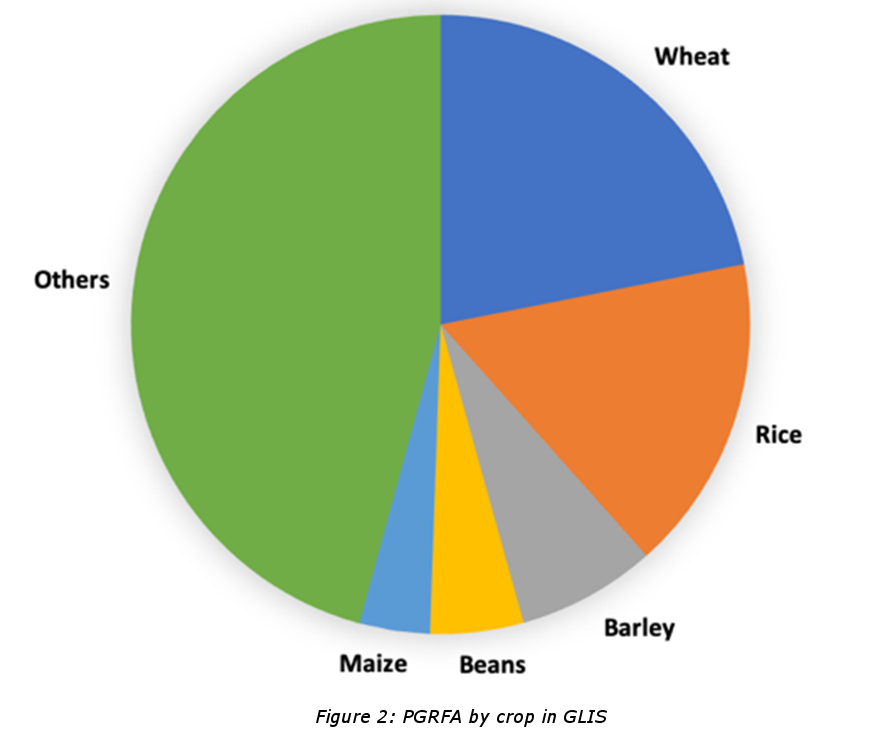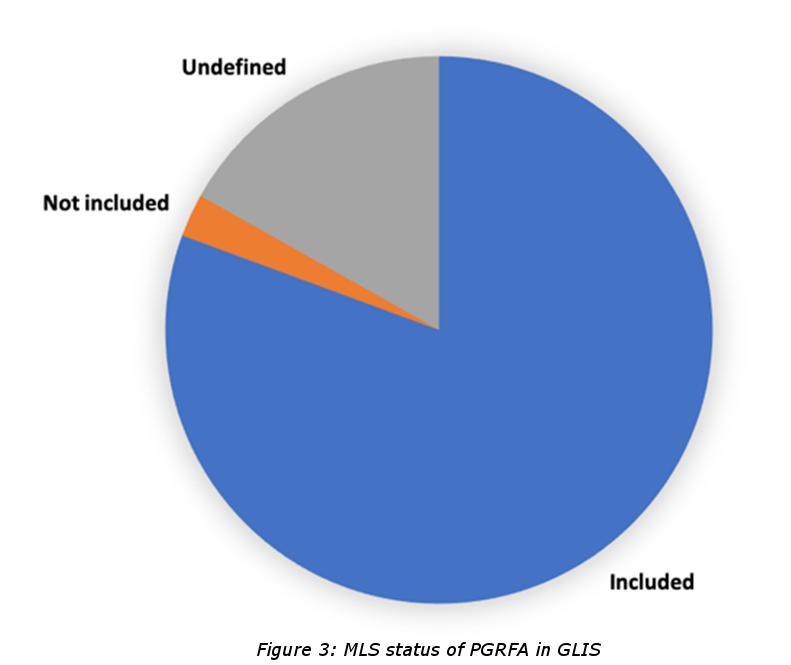Over 1 Million Crops Accessible through the Global Information System of the International Treaty

03/06/2020

Thanks to the collaboration of national and international genebanks and plant breeders, the Global Information System (GLIS) of the International Treaty on PGRFA now facilitates enhanced access to information on over a 1 Million samples of plant genetic resources for food and agriculture (PGRFA), marking a new milestone in the widespread adoption of Digital Object Identifiers (DOIs).
The record “1 millionth” sample is held in the Leibniz Institute of Plant Genetics and Crop Plant Research (IPK) in Gatersleben, Germany. The accession is a traditional cultivar of wheat originating from Turkey, which is now associated with DOI 10.25642/IPK/GBIS/241528. The Global Information System now points to 144 000 records of plant material held by IPK. "It is gratifying to see that stakeholders are increasingly adopting DOIs to improve the way in which information about their materials is made available.
Accurate and permanent identification of PGRFA is key to fostering the research we need to respond to the threats that climate change, other environmental stresses and pandemics, such as COVID-19, pose to food production and food security", says Mr Kent Nnadozie, Secretary of the International Treaty.  DOIs, already being used extensively for publications, enhance the ability of IPK and other holders of plant genetic resources to easily display and share the information on the material in their collections through GLIS. The use of DOIs increases the options to aggregate links and datasets available about the material.
DOIs, already being used extensively for publications, enhance the ability of IPK and other holders of plant genetic resources to easily display and share the information on the material in their collections through GLIS. The use of DOIs increases the options to aggregate links and datasets available about the material.
The Global System of the Treaty further improves the accessibility and readability of such information for users and for other systems. The initiative to identify a suitable permanent identifiers for PGRFA resulted in the adoption of DOIs by the Scientific Advisory Committee on the Global Information System in 2016.
Since then, the Treaty Secretariat organized numerous capacity building and outreach events, also thanks to the generous support of the Government of Germany, to inform the user community and clarify the concepts behind DOIs and the benefits of assigning them to plant genetic resources.
The advantages of a robust, actionable, unique and permanent identifiers have been quickly acknowledged by leading national genebanks, plant breeders and international collections. For example, by June 2018, all the 11 centres of the CGIAR dealing with PGRFA had fully registered all the collections held by them.
Likewise, national collections are increasingly adopting this technology. So far, national genebanks, research centres and universities have registered their collections and now represent about 40% of the total plant genetic materials available through GLIS.  Altogether, institutions from 41 different countries have joined the initiative to date. Wheat and rice represent about one-third of the material registered so far with the DOIs.
Altogether, institutions from 41 different countries have joined the initiative to date. Wheat and rice represent about one-third of the material registered so far with the DOIs.
Along with barley, beans and maize, they make up about half of the total material with over other 2 000 genera representing the other half. The system offers a relationship tool connecting PGRFA with their ancestors and descendants that is invaluable for users. Moreover, GLIS helps users to discover what material is available in the Multilateral System of Access and Benefit Sharing (MLS). As of today, out of a total of 1 051 246 DOIs, 81%, are associated to PGRFA available in the MLS. The System facilitates the generation of automatic links to papers and datasets, the other two technologies heavily relying on the DOI technology, citing the PGRFA DOIs to further multiply their discoverability. The Secretariat is continuing to work with other regional and thematic websites and databases to facilitate the links for the benefit of users, including Genesys and the FAO’s World Information and Early Warning System (WIEWS).
